Published in the Sunday Navbharat Times on 10 August 2025
As I write this, I glance up and feel like I could stretch out my hand and graze the mountains—they’re that close. I’m sitting on the balcony attached to my room, admiring the zigzag chevron-patterned tiles, a bubbling jacuzzi, and—believe it or not—a fountain nestled in this very balcony. It feels like my own little private courtyard.
The room’s four-poster bed and draped curtains sway gently in the soft evening breeze. The arches around me feel like whispers from another era, elegantly designed and steeped in charm. My mother sits beside me, scrolling through the day’s photos, a quiet smile on her face. The stillness is interrupted only by the occasional call of a peacock. In that moment, I felt something I hadn’t in a long time—peace.
Earlier that afternoon, I’d taken a nap so restful I couldn’t recall the last time I’d drifted off like that—let alone in the middle of the day. As I chatted with a friend in the US who had just woken up, she sighed and said, “I can’t remember the last time I slept peacefully at all!” We talked about how afternoon naps offer the most healing kind of rest—the kind that blurs time and resets the soul.
And that, I thought, is what a holiday is truly about.
The Sacred Pause
The word ‘holiday’ actually began as ‘holy day’—a sacred pause from daily life. While its meaning has evolved over the centuries, the spirit remains the same: time off to live more fully, to rediscover joy, and to connect—with places, people, and ourselves.
Whether it’s gazing at the Great Pyramids of Giza, watching the sun dip behind Santorini’s domes, or sipping chai on a misty morning in Munnar… whether walking through the ruins of ancient Athens or getting blissfully lost in the pink-hued lanes of Jaipur—every trip offers us a chance to pause.
This time, my break came thanks to a work event—a visa advisory meeting for Australia, scheduled during the annual Australia Tourism event in Jaipur. But the moment I received the invitation, something sparked within me: Why not turn it into a short weekend getaway?
And just like that, I booked a three-day escape to Jaipur—with my favorite travel companion: my mother.
Travelling with My Mother: Making Up for Lost Time
My mom, now in her late seventies, is an explorer at heart. She’s seen much of the world with Veena World, and often travels solo with infectious enthusiasm. Since my own travel is mostly work-related, we rarely get the chance to travel together. So, this spontaneous trip felt like a gift—an opportunity to reconnect and savor our bond.
Travel within India has become easier than ever. With robust flight connections and improved infrastructure, even short getaways feel incredibly accessible. And while most people wait for winter to travel across India, I’ve discovered that monsoons bring their own special kind of magic.
I’ve wandered through clouds in Coorg, explored ancient temples in a rain-washed Hampi, and even enjoyed wellness retreats in lush, green Rishikesh. Equipped with a good rain jacket, monsoon travel is not only possible—it’s deeply rewarding. Goa, for instance, is soulful year-round, especially when you embrace the ‘susegad’ mindset of its locals, watching the sea from under grey skies.
Manifesting Sunshine in Jaipur
Though Jaipur had been getting consistent rain, the moment I landed, the skies cleared. It felt like I’d manifested the sunshine just in time for a smooth start to our trip. “Rajasthan really needs the rains,” our driver said. “Locals are always thankful when it rains.” And he was right—everything around us looked washed, fresh, and incredibly lush.
Because both Mom and I had visited Jaipur before, I planned this trip a bit differently. Rather than revisiting the city’s traditional landmarks, I wanted to explore some of its newer or lesser-known attractions. And the first one on our list was…
Toran Gate: Jaipur’s Grand Welcome
Our first stop was Toran Gate, a relatively new landmark constructed as a majestic entrance to the city, especially for travelers arriving from the airport side. Inspired by traditional Rajasthani toranas (ornamental arches), it blends grandeur and artistry, welcoming visitors with vibrant motifs and classic architectural finesse. While not historic, its symbolism is strong—ushering you into a land where culture meets royalty.
Patrika Gate: An Instagram Icon with a Royal Soul
Next, we arrived at Patrika Gate—a mesmerizing, multicolored gateway located at Jawahar Circle Garden. Constructed in 2016 by the Patrika Group, it was built as a celebration of Rajasthan’s architectural legacy. Standing 30 feet tall, it features hand-painted murals that depict the unique culture, traditions, and landmarks of each Rajasthani district. It’s both an aesthetic marvel and a storyteller’s dream.
While it’s now an Instagram favorite (and a hotspot for pre-wedding shoots), I took a moment to simply absorb its riot of colors and intricate detail with my own eyes. A local photographer approached me, promising great photos and videos with instant AirDrop delivery. On a whim, I agreed—partly because I’d never done this before, and partly because his enthusiasm represented the spirit of a confident, digital-first India.
He guided me through poses, taught me to walk “like a model,” and snapped away while I awkwardly but joyfully participated. My mother, usually behind the camera, was finally coaxed into joining me. When the photos arrived on my phone, I was genuinely surprised—they were natural, warm, and filled with emotion. The kind you want to frame.
The photographer’s little assistant, Lucky, made sure others stayed out of our shots and even entertained us with a quick magic trick. It was a whimsical, unforgettable start to our Jaipur journey—and we hadn’t even checked in yet!
Samode Palace: A Step Back in Time
From the city, we made our way to Samode Palace, about 42 km from Jaipur. Nestled at the foothills of the Aravallis, this 475-year-old palace is a treasure of Indo-Saracenic architecture. Originally built in the 16th century by Rawal Sheo Singh, a nobleman in the court of the Jaipur royals, the palace has since been lovingly restored as a luxury heritage hotel.
Its frescoed walls, mirrorwork halls, and sprawling courtyards whisper stories from another era. As I sat in the balcony of my room at Samode Palace, gazing at the green-cloaked mountains, I felt like I was suspended in time. The air was still, the silence meditative. Even the TV in the room felt intrusive—I never turned it on. In those quiet moments, I realized just how powerful a single day of stillness can be.
We also spent a night at Samode Haveli, located in the heart of Jaipur. Though less secluded than the palace, the haveli has its own quiet charm—fountains, Mughal gardens, and airy verandas that bring the past gently into the present.
The Joy of Doing Less
Traveling during the monsoon means fewer tourists, fewer queues, and more intimacy with your surroundings. The air is crisp, the greenery vivid, and every monument looks freshly painted by nature herself.
Short breaks like this remind me that the hotel you choose can often become the destination. Especially in the rains, having a resort with in-house activities and beautiful surroundings makes all the difference. On your first visit, you may be tempted to spend all day sightseeing. But sometimes, it’s in doing less that we experience more. And with excellent monsoon offers, luxury becomes affordable in the monsoons for sure!
Holidays: Prescribed for the Soul
In Canada, some doctors have started prescribing holidays as a form of stress therapy. Isn’t that amazing? But here in India, where spirituality, tradition, and wellness are already interwoven, all we need to do is listen—to our bodies, our hearts, and that soft, persistent whisper telling us to take a break.
So go on—take a spontaneous weekend off. Travel with someone you love. Visit places you’ve seen before, but through fresh eyes. Embrace the rains, indulge in the unexpected, and allow yourself to truly pause.
After all, India is calling.
Will you answer?











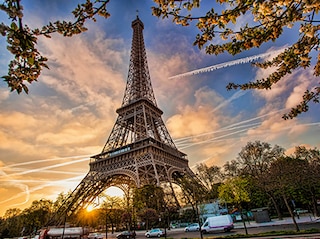

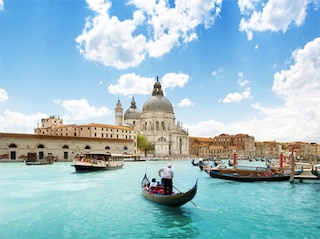
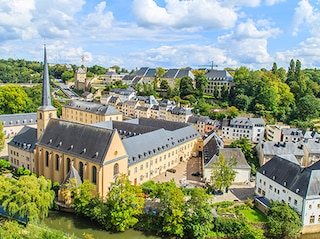
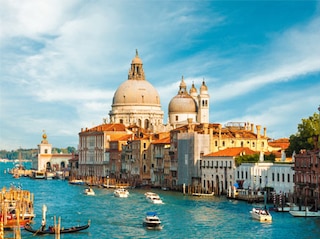


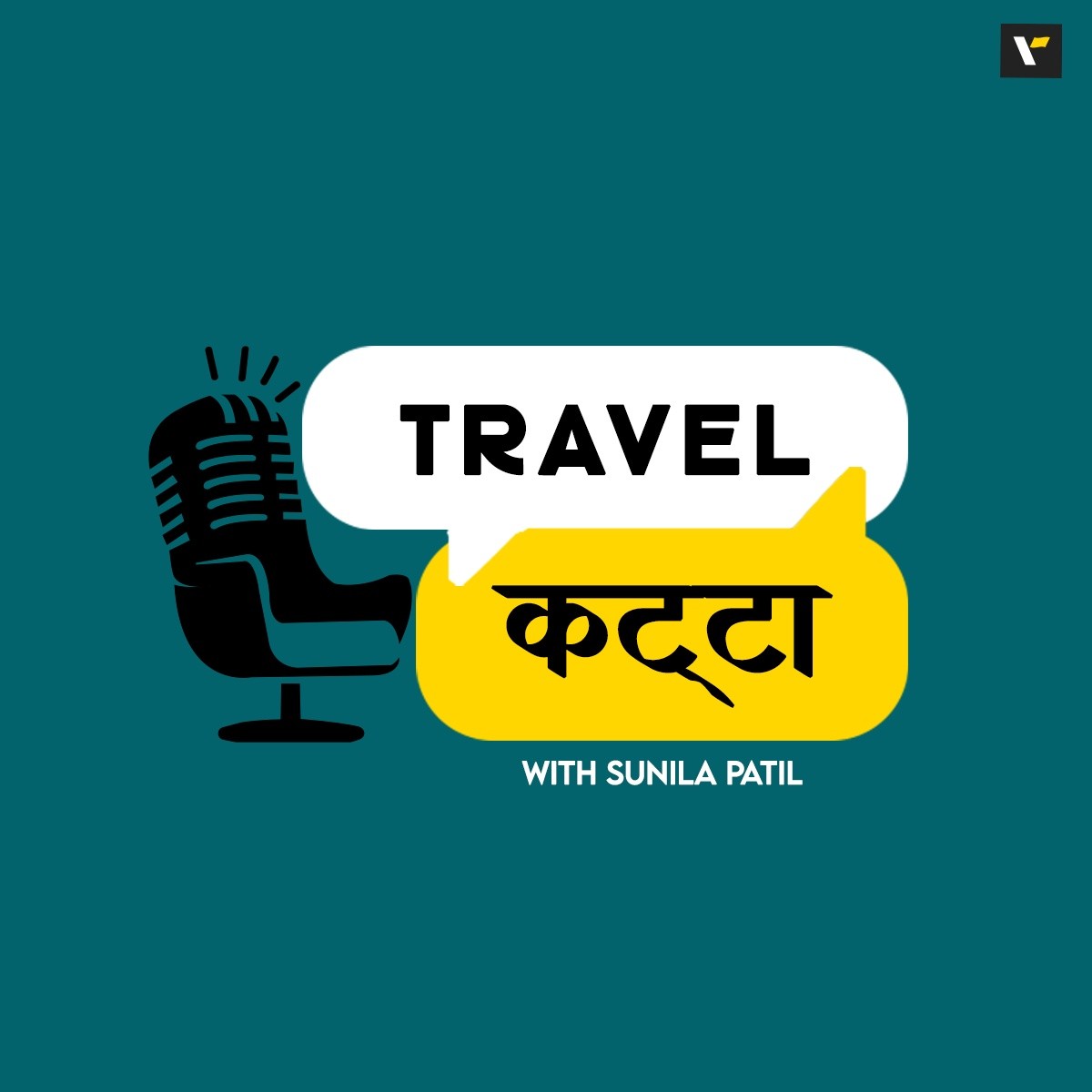
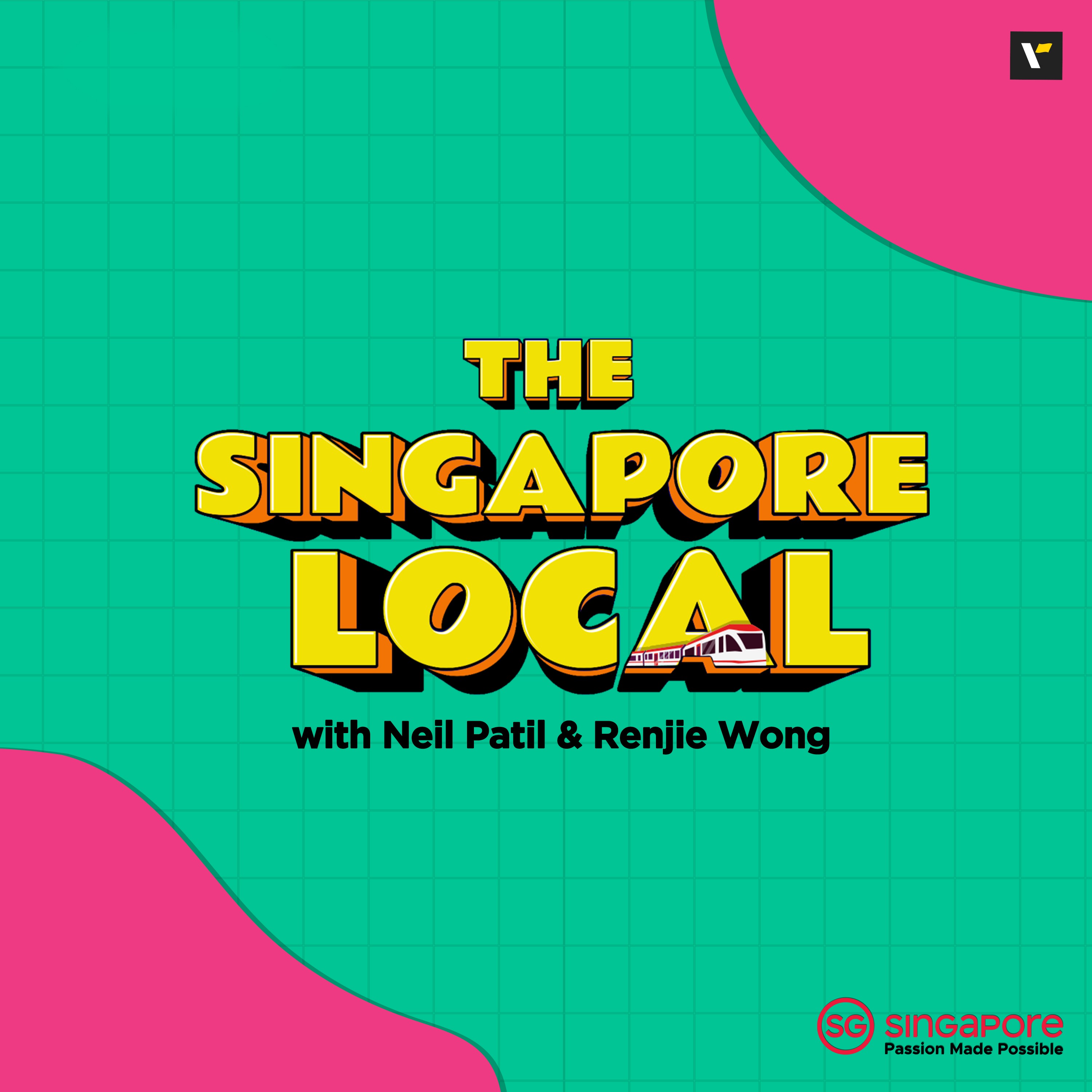

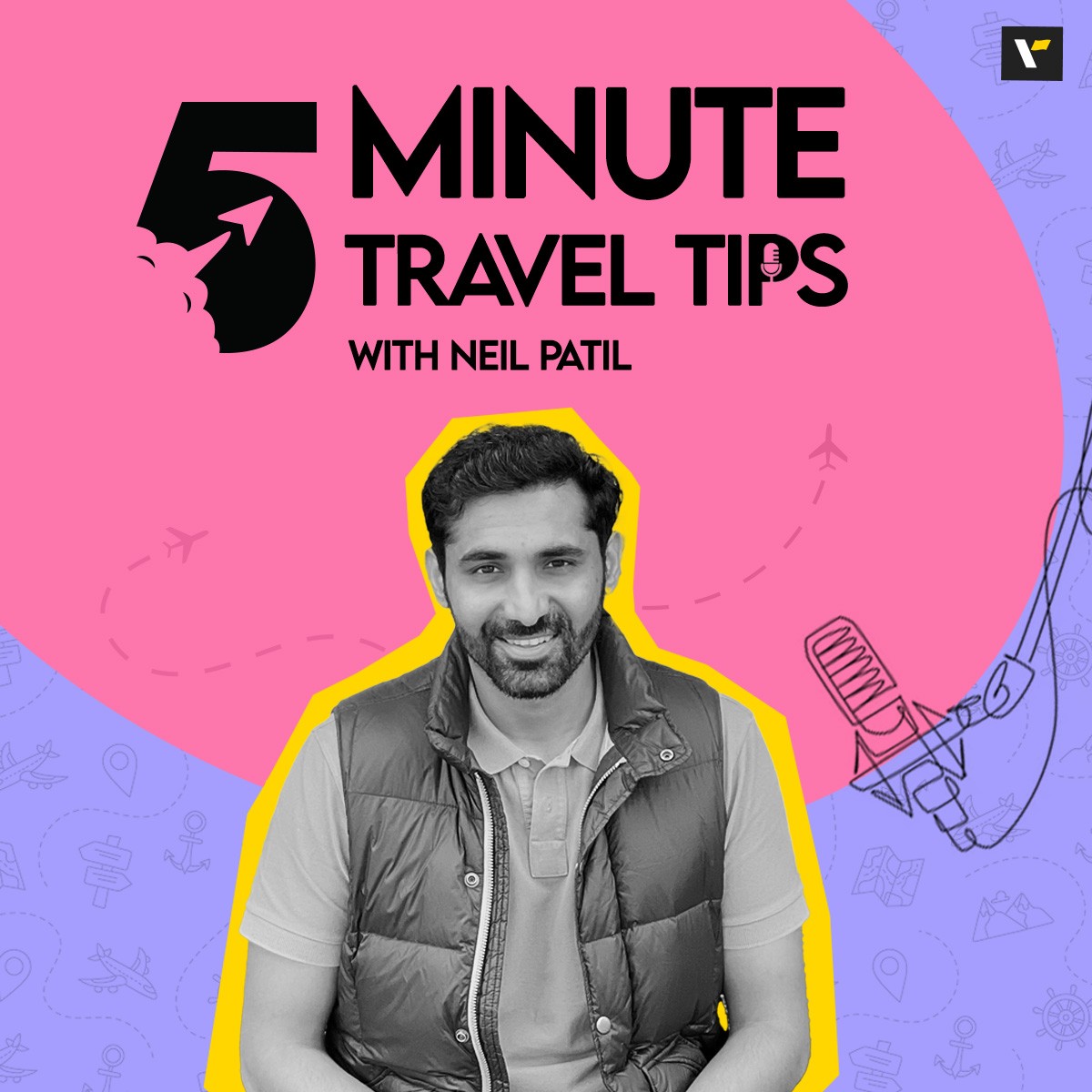








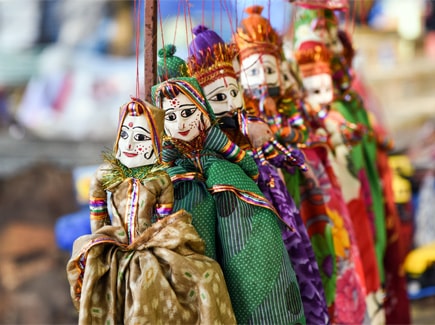
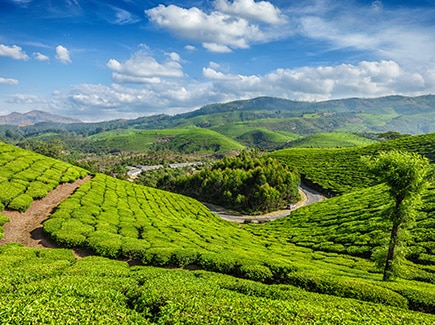

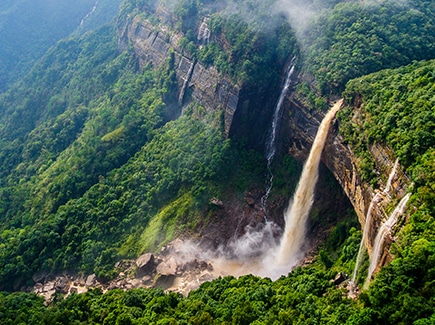
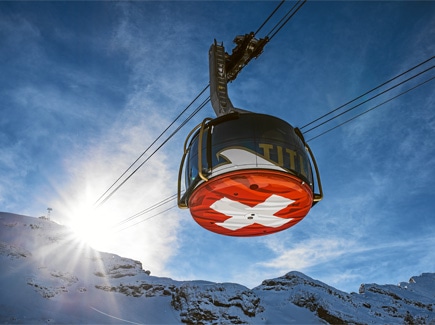
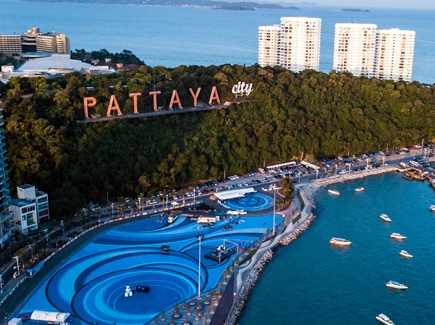

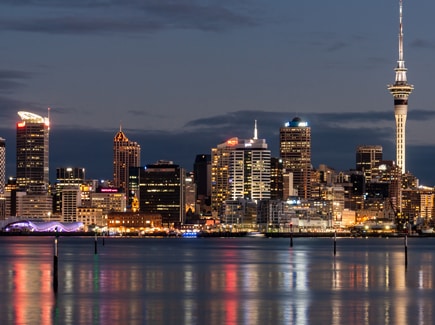


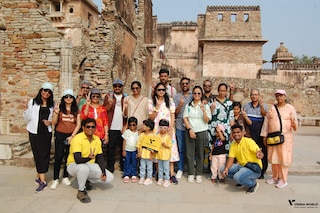
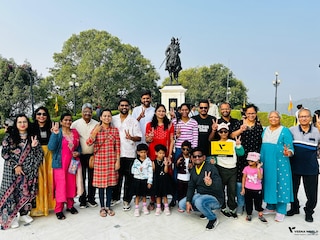
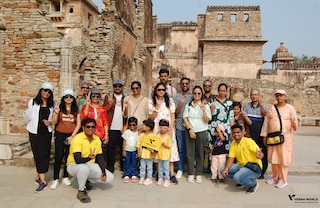
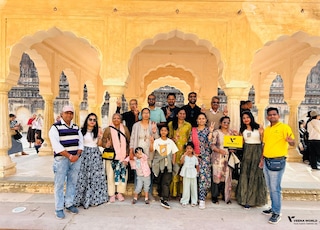
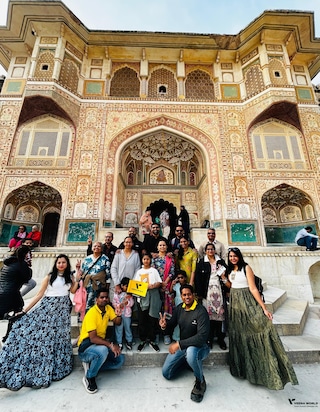


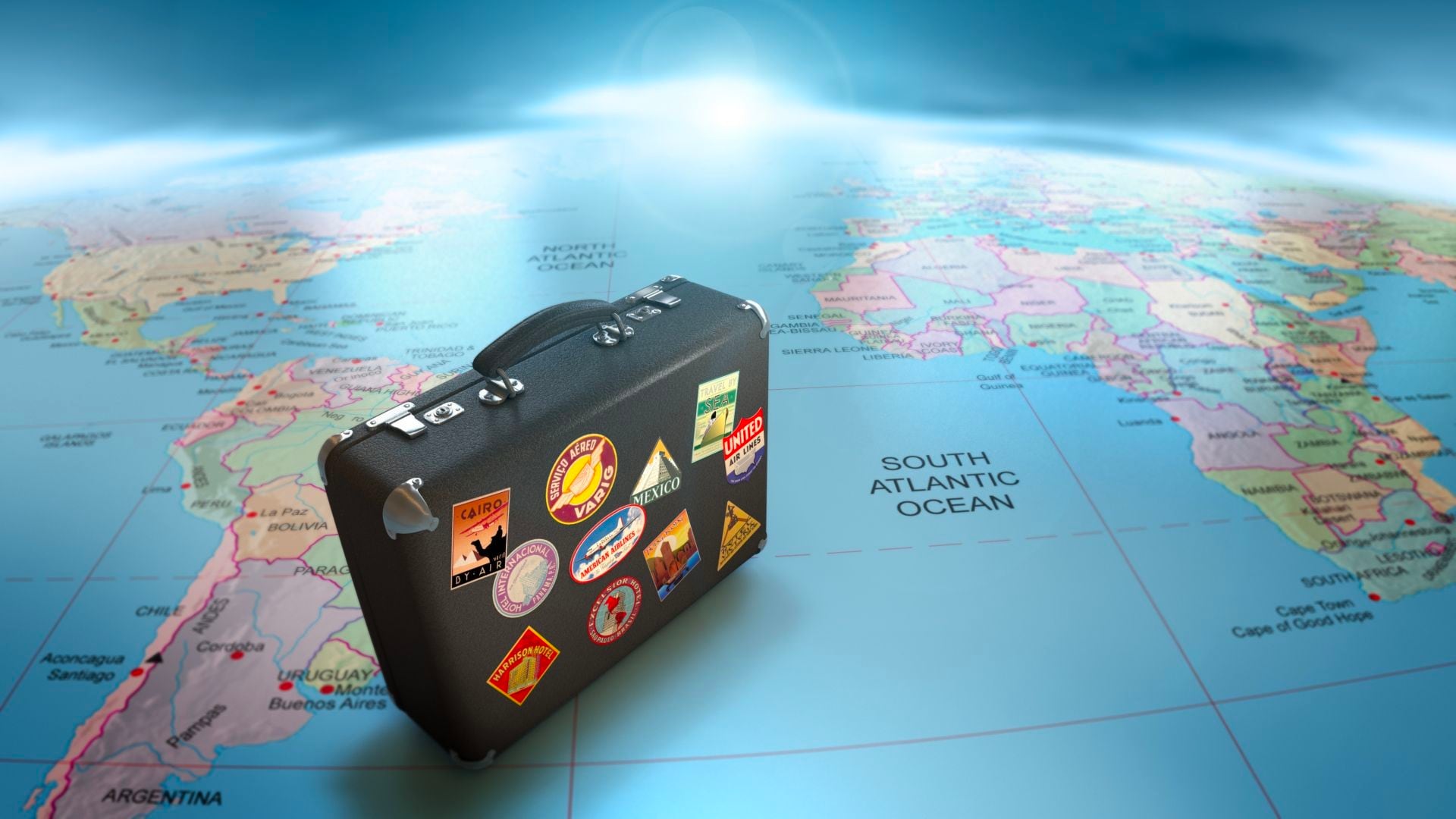

Post your Comment
Please let us know your thoughts on this story by leaving a comment.